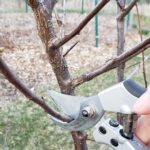Tree Pruning – Easy Tips for Beginners
There are whole books dedicated to tree pruning, which can be overwhelming. We'll answer some common pruning questions and walk you through basic tips to help you keep your trees healthy and productive.

When should trees be pruned?
The best time of year to prune trees is when they are dormant, ideally in late winter or early spring, before buds start to open. Once a tree leafs out, more sap is flowing in the tree, and cuts are more likely to weep sap and take longer to heal.
The exception to this rule is early blooming trees that flower/set fruit on last year's growth. Prune these right after the tree finishes blooming.
Early blooming trees include:
- Apricot
- Chokecherry
- Eastern Redbud
- Flowering Dogwood
- Ornamental Cherry
- Flowering Plum
- Magnolia
On our northeast Wisconsin homestead, we do most pruning in late March through April. When I spoke to the owner of a local fruit tree orchard, he said he prunes from December through April, because he has so many trees.
Use local deciduous trees as a pruning guide. If they are fully dormant, the evergreen trees are also resting.
Limit summer pruning and pruning during the growing season, unless you're dealing with broken branches or other problems.
How do I prune a tree?
The primary goals of tree pruning are to improve plant health and direct the growth of the tree. You may also need to fit a tree into a specific area, or prune to encourage fruit production.
There are five basic steps that apply to all trees:
- Use the proper pruning tools for the cut – pruning shears for small branches, loppers for mid-sized branches, and saws for larger branches. See “Pruning Shears – Choosing the Best Pruning Tool” for more information.
- Remove dead branches, and remove branches that are crossing and rubbing together, or trim them back so they don't cross and rub.
- Keep branch collars intact. A branch collar is a slight swelling at the base of a branch. Cut cleanly across the top of this swelling. Never pull off a partially cut branch so that the bark rips off the tree.
- Use pruning cuts to direct growth. Choose a bud or branch facing the direction you want the tree to grow, and trim just above that bud/branch.
- Mind your angle and location of your cut. When making heading cuts on a small branch, cut on a slant about 1/4 inch above a bud. If the cut is too close, the bud will die. If the cut is too far, you'll have a stub of dead wood at the tip of the branch.
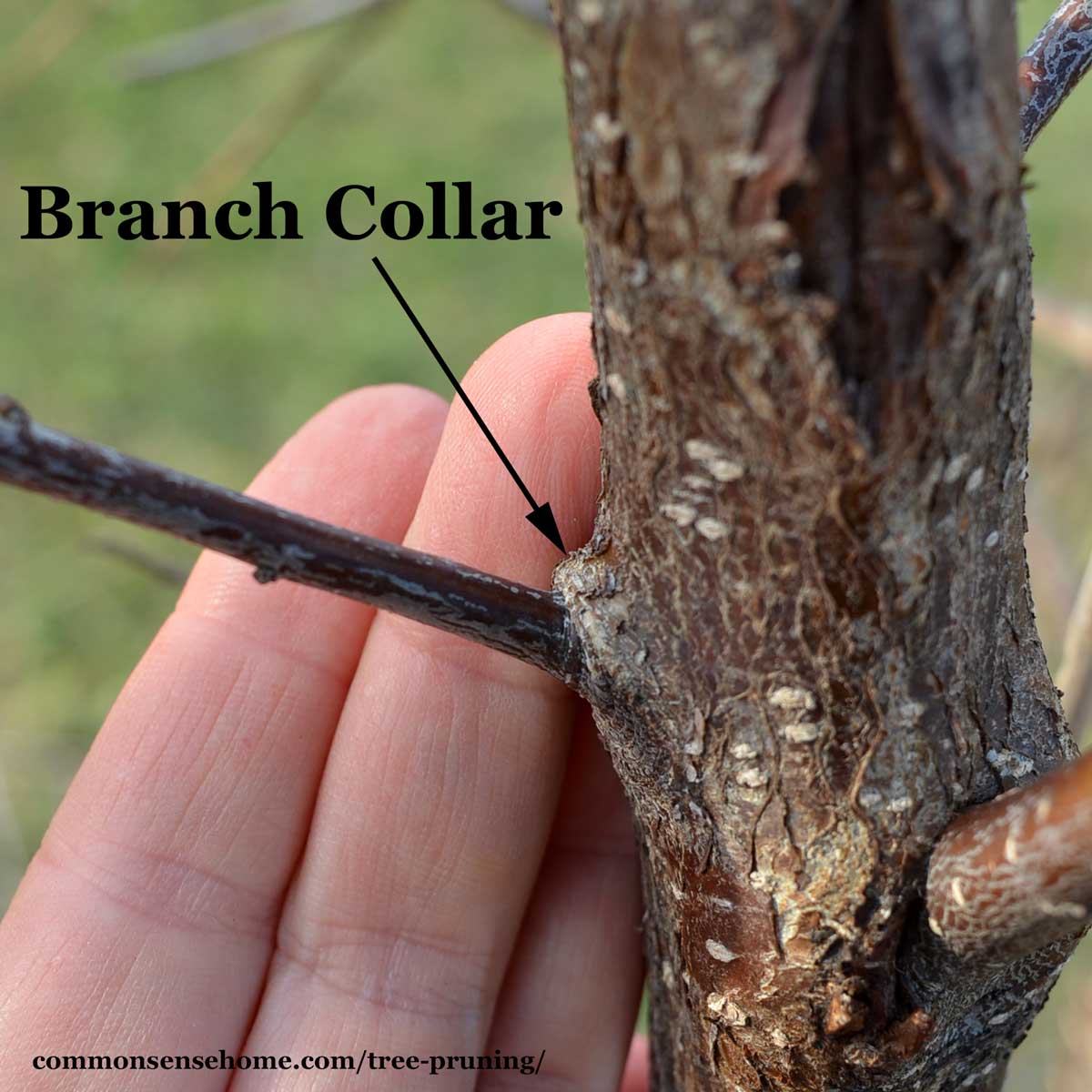
Is Pruning Good for Trees?
If done correctly, pruning increases flower and fruit production. Tree pruning keeps the plant healthier and helps them to fit into the landscape.
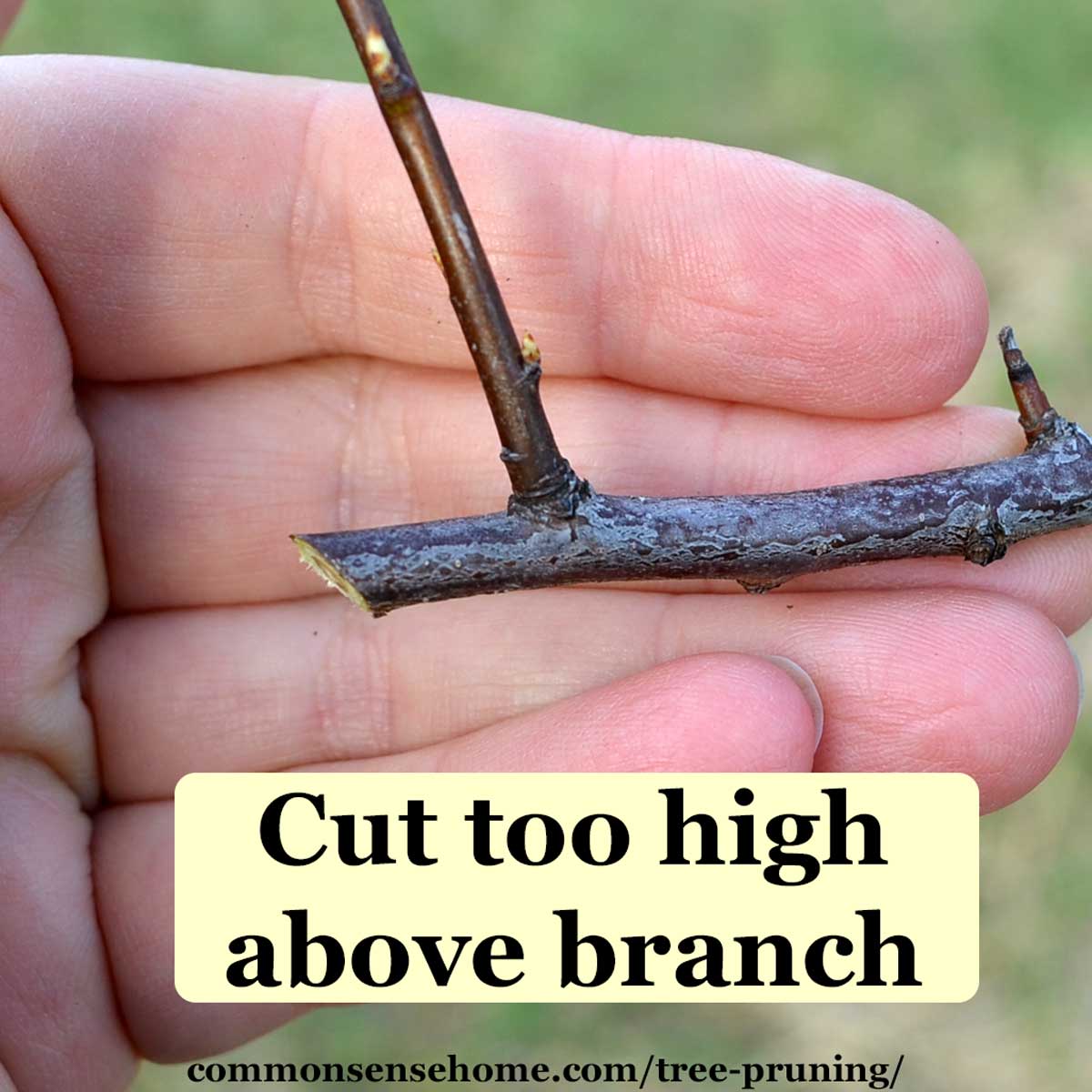
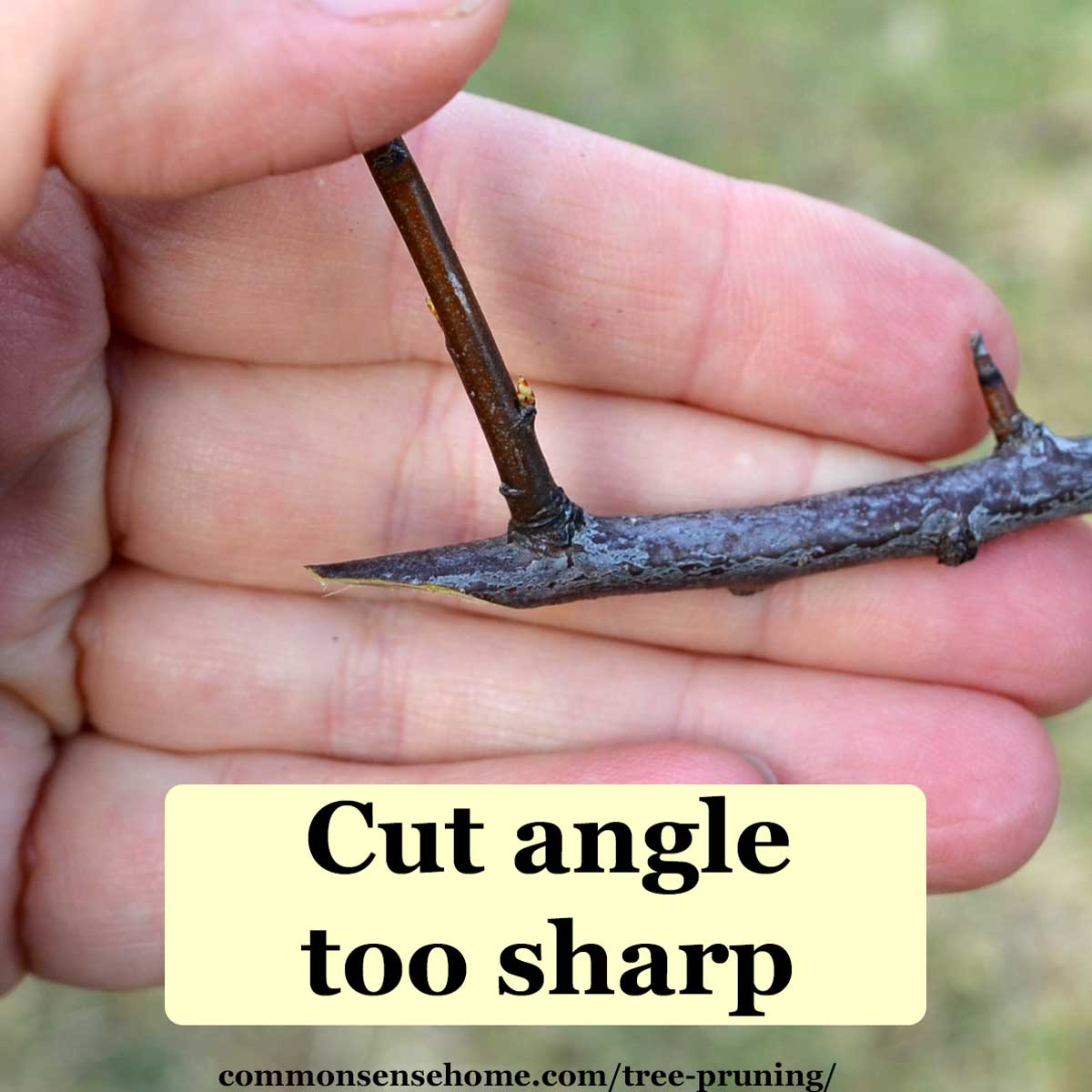
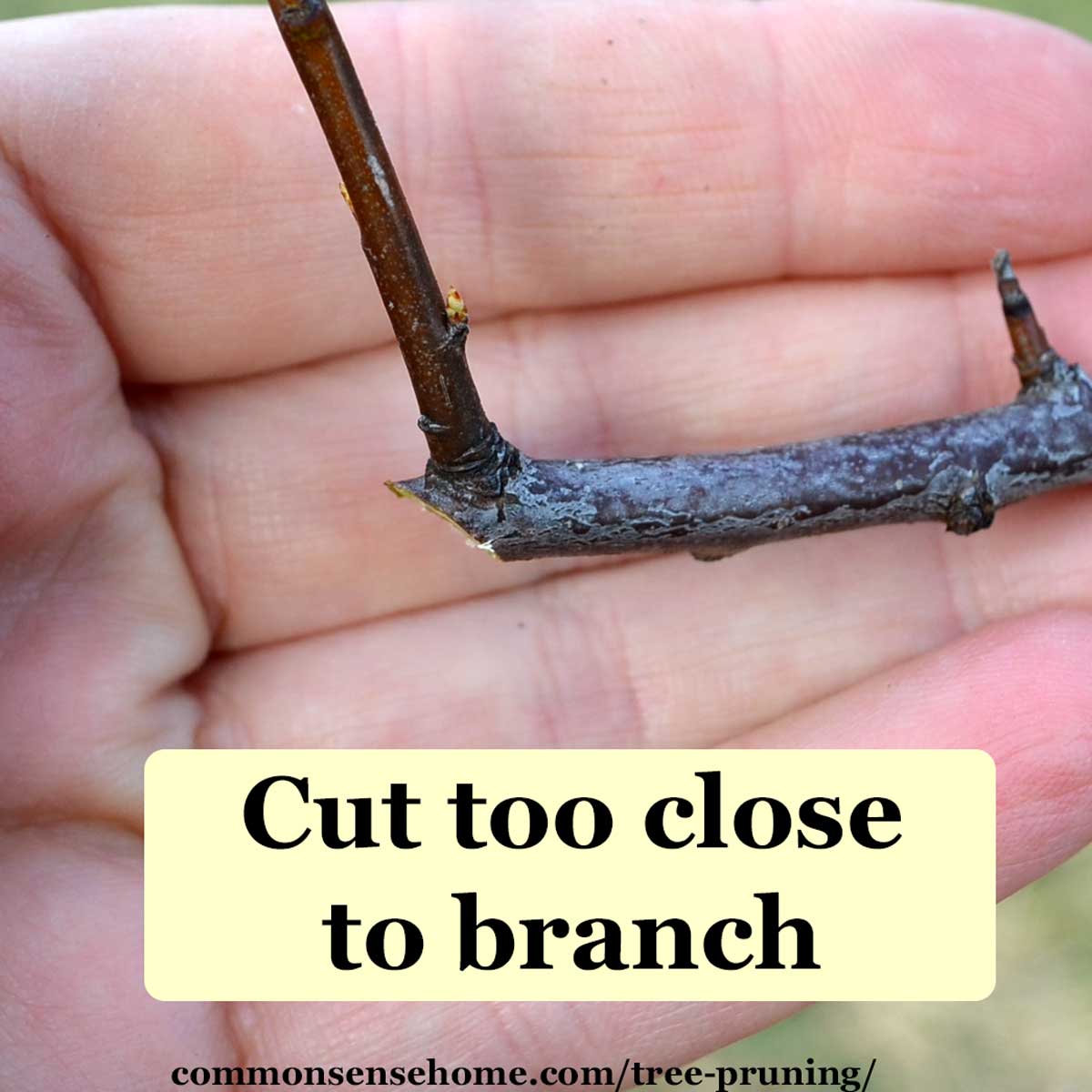
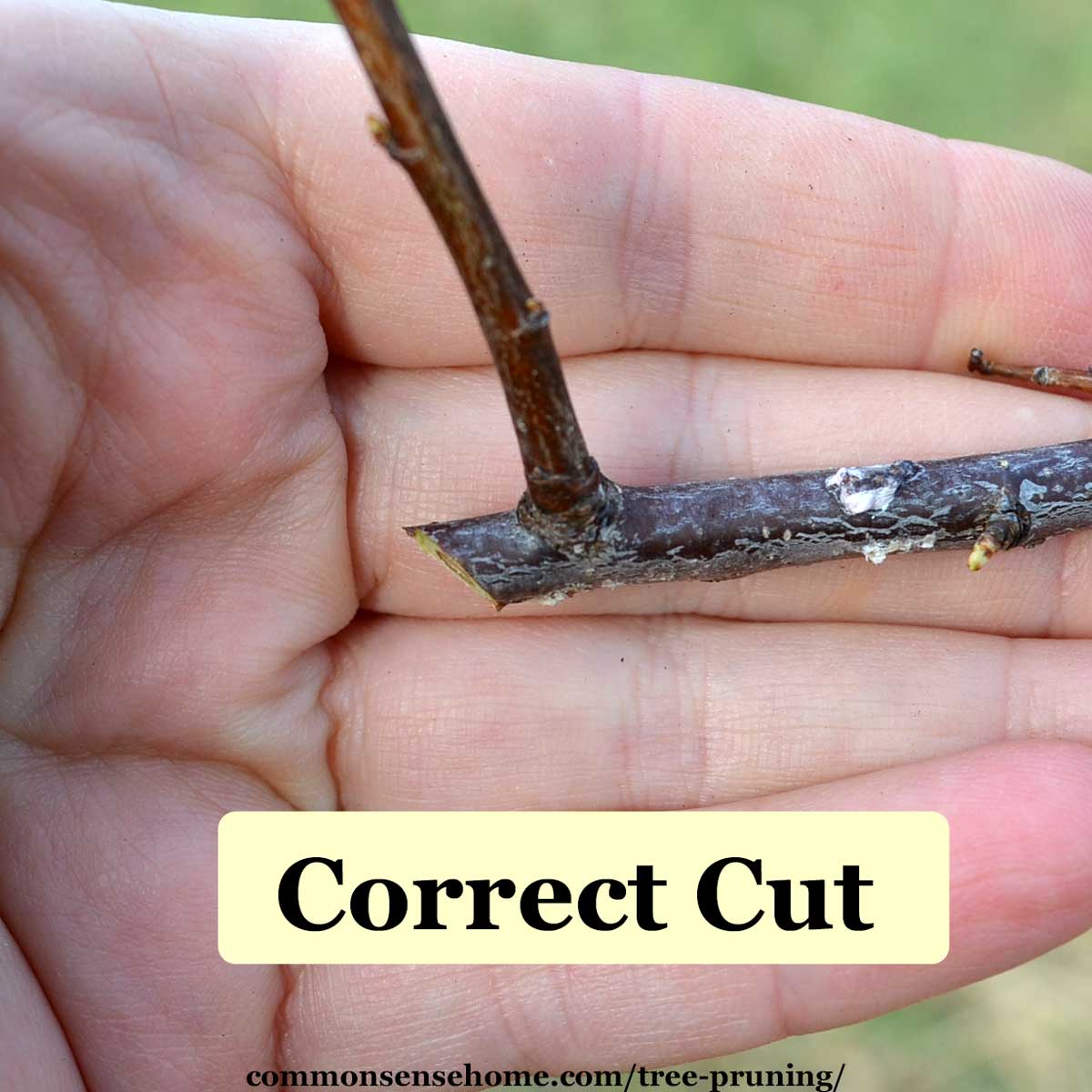
What happens if you cut all the branches off a tree?
Beyond becoming an evil tree butcher, you may kill the tree, or at least badly damage it.
The exception to this is an oddball pruning technique called pollarding.
With pollarding, trees branches are removed each year, back to the main trunk or a few short branches. This limits the canopy of the tree to a small area.
This technique originated in Europe, and is only suitable for certain deciduous trees that readily resprout branches.
See “Pruning Techniques: Pollarding vs. Topping a Tree” for more information.
Do I Need Prune Young Trees?
Most of the time you purchase trees, the garden center or nursery will have them ready to plant. The exception to this is damaged branches, which you should remove.
As trees grow, you want to encourage spacing between branches and branch crotch angles wider than 45 degrees.
A branch crotch is where the branch joins the trunk of a tree. If this angle is too narrow, the bark in the crotch gets compressed and dies. This makes the branch more likely to break when it gets larger.
You can tie down branches to help widen the crotch. There are also tree spreaders and weights, but tying them down has worked best for us.
Wide crotch angles are especially important for fruit trees, because they help light get into the center of the tree to improve fruit set.
Safely Removing Large Branches from Mature Trees
To safely remove a large branch, use a series of three cuts.
First, make a safety cut about a half inch deep on the underside of the branch, about a foot above the branch collar. This keeps the branch from breaking part way through branch removal and tearing the bark down the tree.
Second, remove the branch, cutting just above the safety cut.
Third, make the final cut across the top of the branch collar.
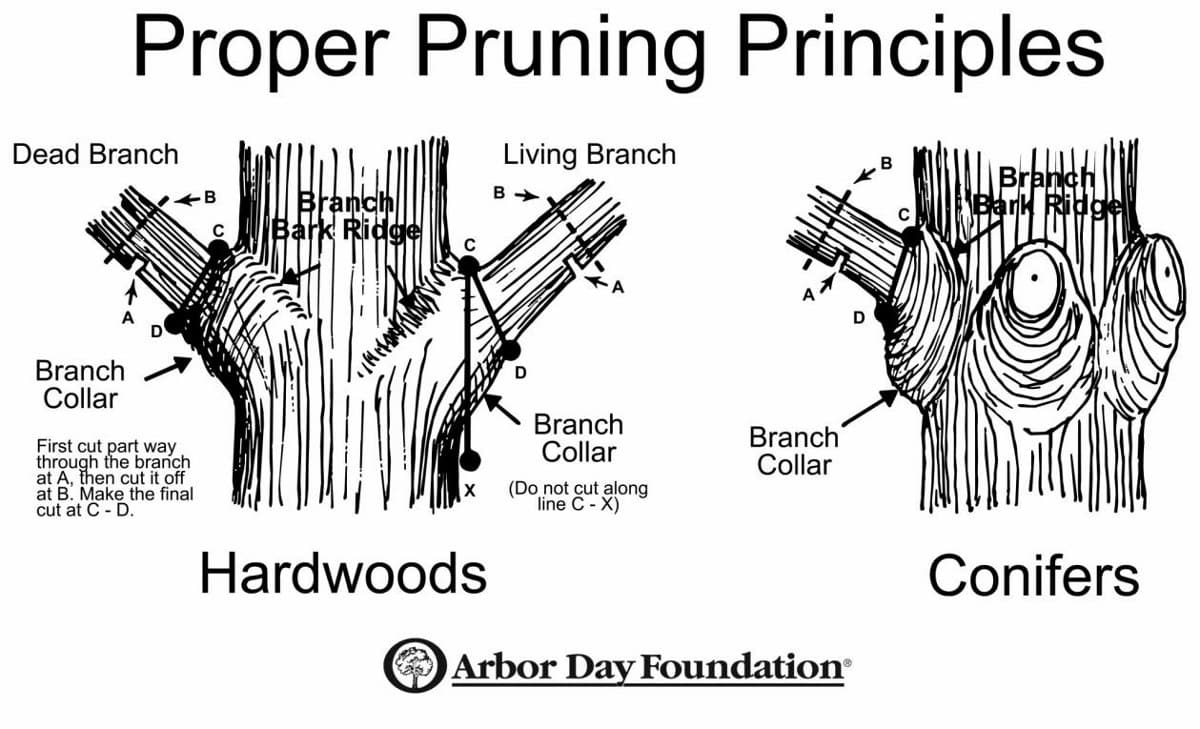
You don't need to paint the cut or treat it. If you keep the branch collar intact and trim neatly across the top of it, the tree should heal well without intervention.
Tree Pruning and Training for Fruit Trees
There are three main fruit tree training methods:
Central Leader, which has a main trunk (the leader) that continues growing up as the tree matures. Tiers of branches are trained outward as the tree grows.
Vase, which has an open center with branches cupped around in a vase shape to allow plenty of light into the center of the tree. The center truck is kept low (3-4 feet off the ground) and branches all rise from that low base.
Modified Central Leader, which combines the central leader and vase methods. There are scaffolds of branches, but the tree is topped off at a certain height so it doesn't continue getting taller. This helps to keep fruit within reach.
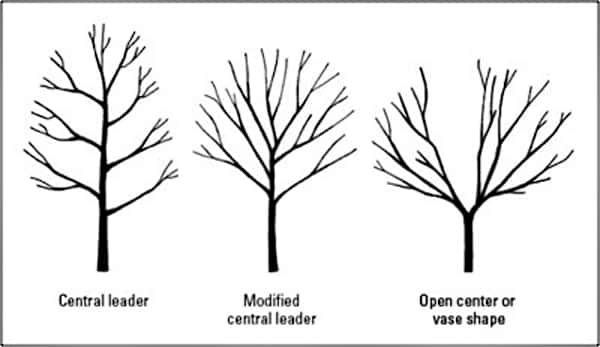
We use the modified central leader method for our apple trees, but the central leader method also works well for dwarf and semi-dwarf trees.
Pear trees also work well with central leader training.
Peaches, nectarines, plums and apricots respond well to vase training.
Tart and sweet cherries are most commonly pruned with the modified central leader method, but tolerate the vase method.
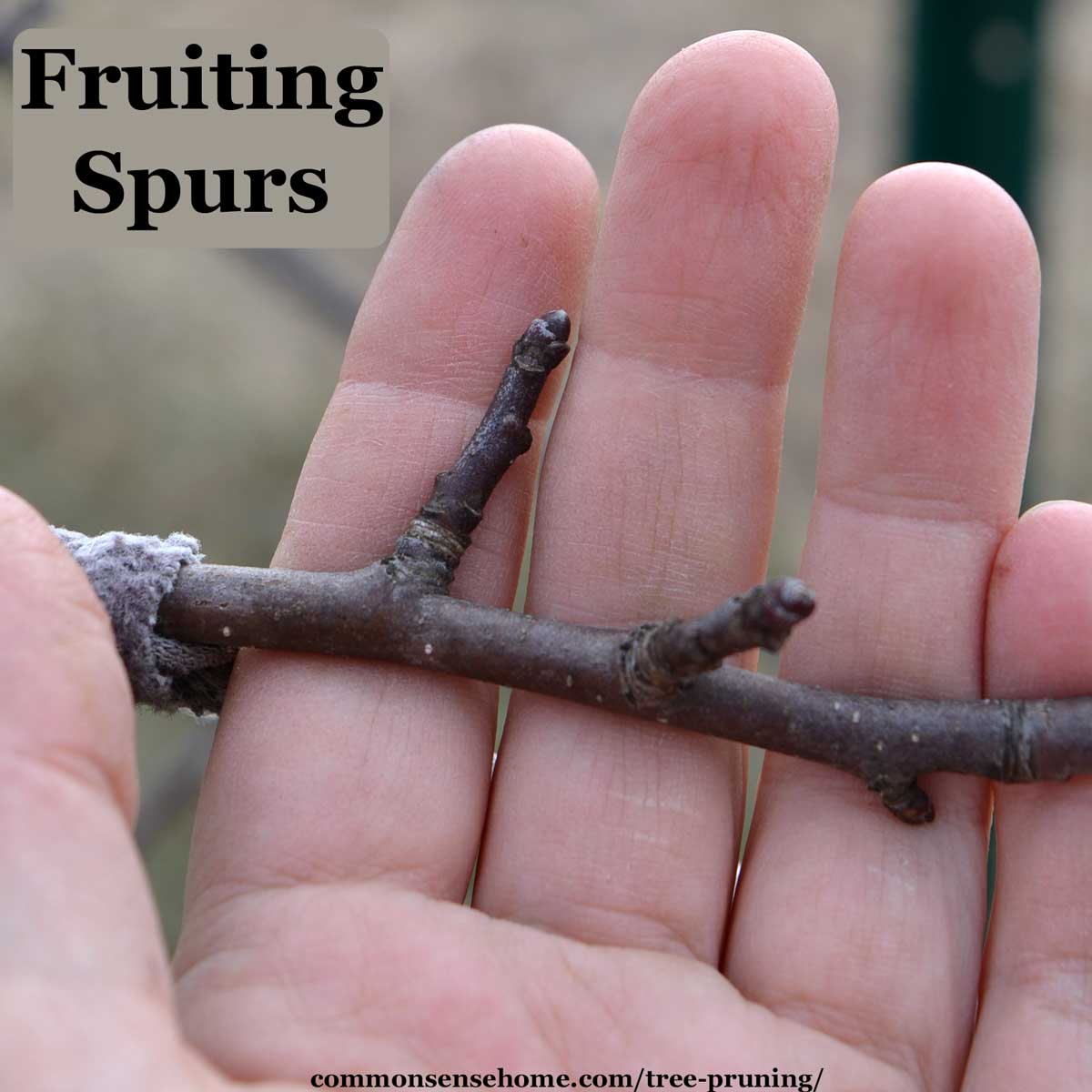
Be Careful of Small, Nubby Twigs on Your Branches
When you look at a fruiting tree, you'll see small, nubby twigs attached to the branches. These are called “spurs”, and they produce your flowers and fruit. Be careful not to break them off when you are working with the tree.
Garrett Wade has excellent pruning tools.
Tree Pruning Methods for Mature Trees
Sometimes you need to prune mature trees to improve a view, keep them from hitting obstacles, or improve the health of the tree. There are four main types of tree pruning used to accomplish this – crown cleaning, crown thinning, crown raising, and crown reduction.
Crown Cleaning
Crown cleaning is just what it sounds like – cleaning up the tree by removing dead, damaged or diseased wood. Keep it in mind every time you prune a tree.
Crown Thinning
Use crown thinning to improve air flow and light to the center of the tree. Remove 10-20% of branches from the edge of the canopy. You want the tree to look “normal”, just slightly smaller.
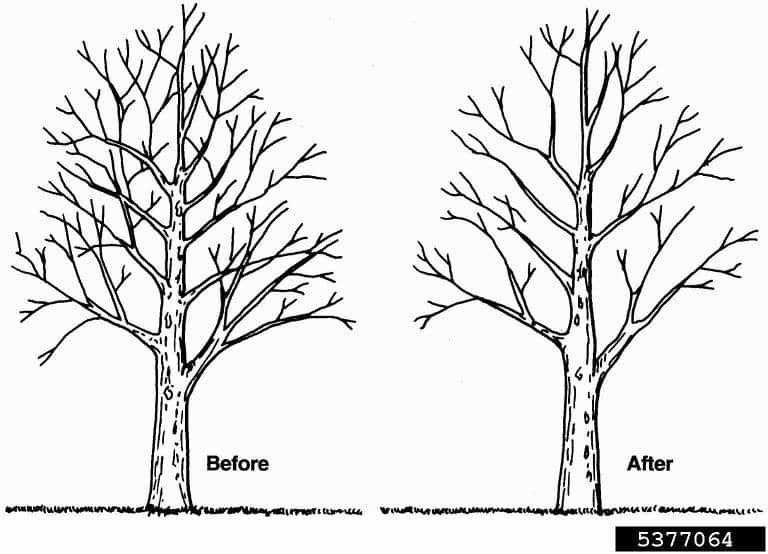
Crown Raising
If you have lower branches that are beat up or blocking a view, you can trim them off. Proceed with caution – this is a quick way to make trees ugly.
Don't remove more than a few branches each year, or you can injure your tree.
Crown Reduction
With crown reduction, you cut back branches to vigorous side branches. Use this method instead of tree topping (haphazardly sawing off the top of a tree) to shorten trees.
Too Much Tree Pruning Can Cause Problems
One of the most common mistakes people make is to hack off too many branches at one time. This often triggers a rush of weak, twiggy growth.
Be gentle with your trees, and try not to remove more than a few larger branches in one year.
More Gardening Articles
We have over 100 gardening articles on the site, all listed by category on the Common Sense Gardening page.
They include:
- Silvopasture Guide Book – Combining Trees and Livestock
- Growing Blueberries – Best Tips for Home Garden
- Keep Deer Out of Your Garden

